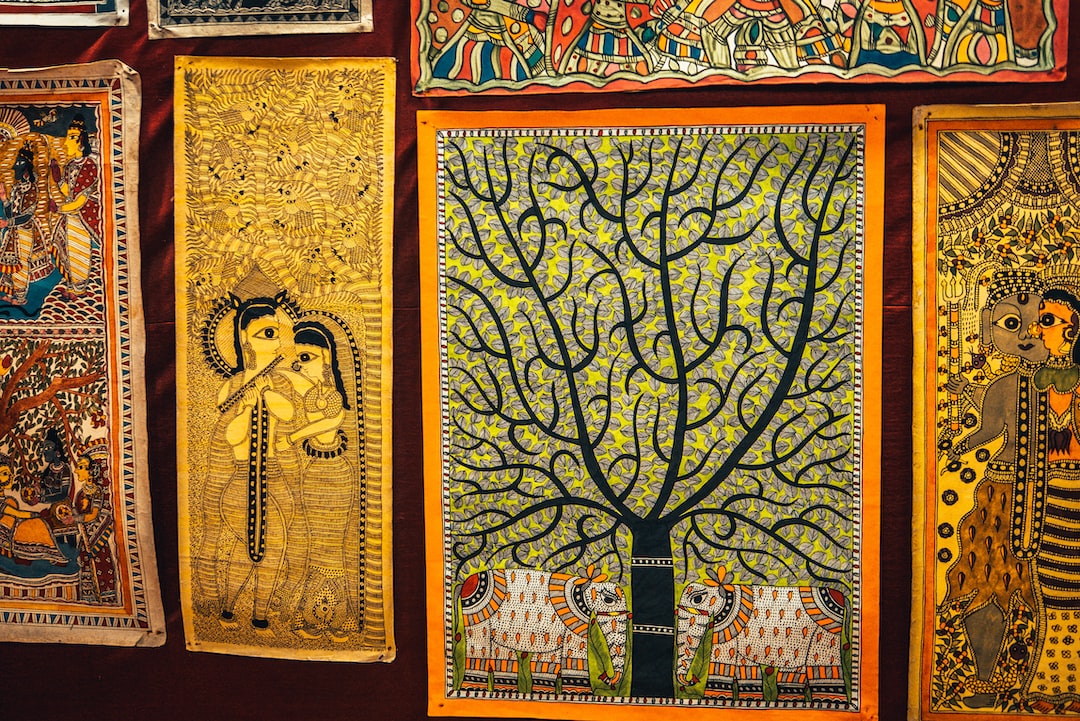The Art of Storytelling: How Paintings Narrate
Throughout history, human beings have been natural storytellers. We have used various mediums to convey our stories, from spoken words to written narratives. One of the most captivating and enduring mediums of storytelling is art, particularly paintings. Paintings have a unique ability to narrate stories in a way that words often cannot.
To understand the art of storytelling through paintings, one must first recognize that a painting is not limited to capturing a single moment in time. Instead, it allows for the fusion of various moments and elements, creating a narrative that unfolds before the viewer’s eyes. A well-executed painting can transport us to another time and place, drawing us into its story.
One example of this is the famous painting “The Last Supper” by Leonardo da Vinci. In this masterpiece, Da Vinci masterfully captures the tumultuous emotions and dynamic interactions among Jesus and his disciples. Each of the disciples has a unique expression, which hints at the unfolding drama that will soon take place. We can almost feel the tension in the room, as Judas Iscariot’s moment of betrayal looms near. The painting becomes a frozen moment in a larger narrative, inviting the viewer to interpret and imagine the events that led up to this moment.
Similarly, Vincent van Gogh’s “The Starry Night” tells a story of the artist’s personal struggles and emotions. Through his use of vibrant colors and swirling brushstrokes, Van Gogh captures the turbulent night sky and the quiet village beneath it. The painting reflects his inner turmoil, as well as his longing for tranquility and connection to the stars. The story of Van Gogh’s life and struggle is woven into the very fabric of the painting, inviting the viewer to delve deeper into the artist’s narrative.
In addition to capturing stories of individuals, paintings can also tell larger stories of society and culture. Francisco Goya’s “The Third of May 1808” is a haunting depiction of the Spanish resistance against the French occupation. The painting portrays the execution of Spanish civilians by French soldiers, capturing the horror and brutality of war. Through this artwork, Goya communicates a larger narrative of resistance and the price of freedom.
The art of storytelling through paintings is a powerful tool for artists to convey their experiences and emotions. It allows for the exploration of complex narratives, inviting viewers to engage with the stories and create their own interpretations. Whether it is through capturing a single moment, reflecting personal struggles, or portraying larger societal narratives, paintings have the ability to transport us to different worlds and evoke a myriad of emotions.
Next time you encounter a painting, take a moment to pause and immerse yourself in its narrative. Let your imagination run wild as you explore the stories it tells. The art of storytelling through paintings is a testament to the enduring power of art to transcend time and language, connecting us to shared human experiences and emotions.

